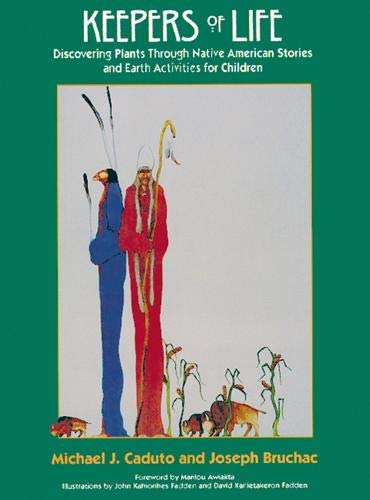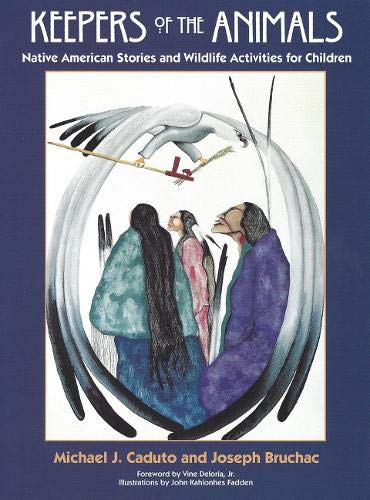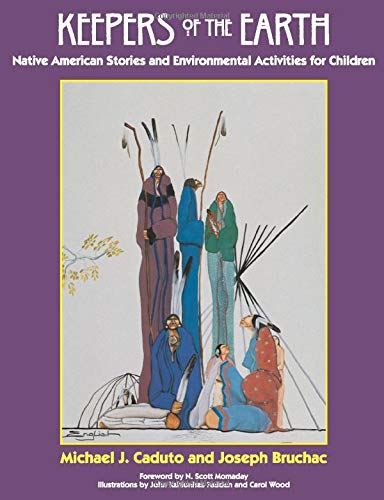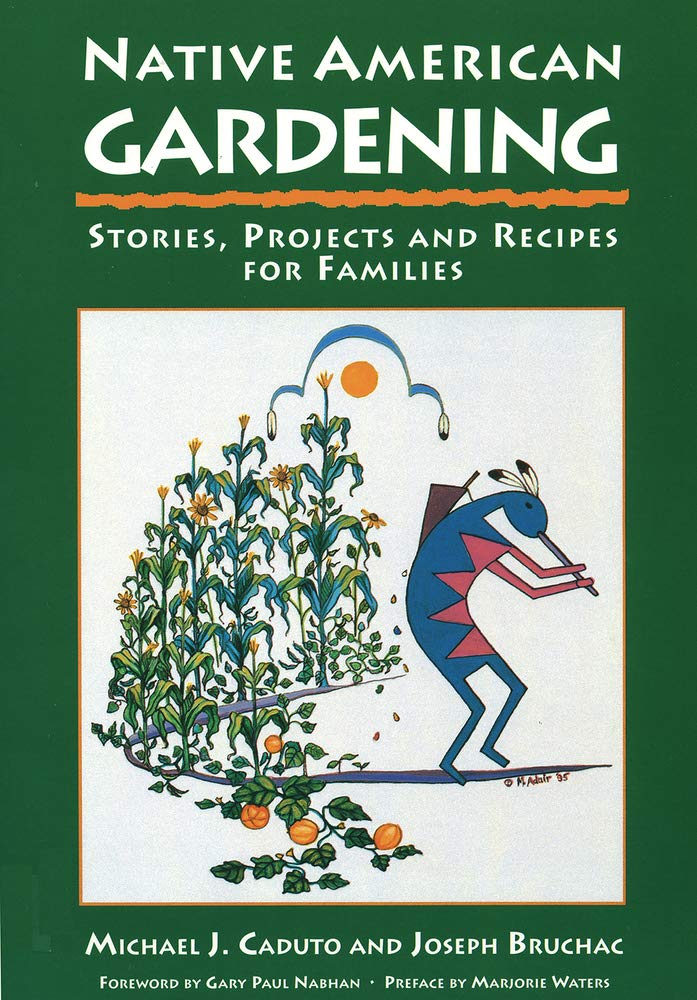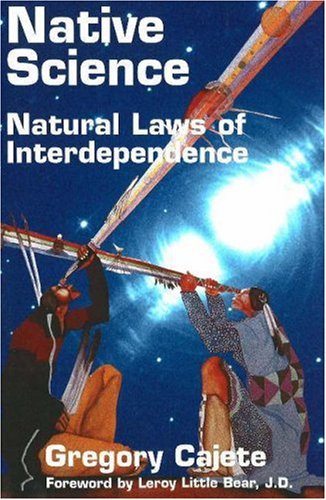Essential Questions & Enduring Understandings
- What are Meaningful Connections and what are some of my own?
- How can I use STEAM-H to positively impact and advocate for my community?
- Why is my relationship with Nature important for my identity and community?
- What scientific discoveries and technologies provide us the foundation of how living things and nonliving things function to create a natural balance in the world we live and interact?
- How do communities on various levels work to create balance?
- How might an imbalance in one community impact other communities?
- What roles and responsibilities do have as participating members within our communities?
- How does the past inform us today to prepare us for the future?
- How will climate change affect sacred sites, species and traditional practices?
- How are tribal community’s understanding about nature and climate different than western scientific approaches?
- What unique features allow us to live on earth?
- How does the relationship between humans and the earth impact the quality of our life and those in the future?
- The Aboriginal concept of respect for the environment has a specific importance and meaning.
- Traditional Aboriginal cultures used natural resources for transportation, shelter, and food gathering.
- Traditional Aboriginal activities and lifestyles changed with the seasons.
- How are humans shaped by Earth’s systems, and how do humans in turn shape Earth?
- What is the relationship between the micro and the macro?
- How do small, individual changes in organisms result in life as we know it on Earth?
- How are observed properties and unseen molecular world related?
- How does an understanding of the molecular world help us responsibly manage our resources?
- How does scientific practices help us understand our world?
- How do we use science to improve the lives of future generations?
- How do we determine what is true?
Resources:
These resources are primarily for Grades 6-12. If you are looking for Elementary resources, please visit the Elementary page.
Videos
“Traditional” and “Academic” Science Perspectives
Indigenous Knowledge and Western Science: Dr. Gregory Cajete Talk
Indigenous Knowledge and Western Science: Dr. Leroy Little Bear Talk
Integrating Your Students’ Knowledge and Perspectives
School UbDs + Curricula:
*All documents listed here are under continual improvement and revision. If used, please cite.
Middle School
A Tale of Four Cities
• Next Generation Science Standards
Elementary and Middle School
Astrobiology: Story of the Stars
• NASA and the Navajo Nation Project
Elementary and Middle School
Earth’s Caretakers: Native American Lessons
• National Science Foundation
Middle School
Units: Creating Sacred Places for Students
• National Indian School Board Association
Grade 06
UbD Unit: Integrated Science/Math
• MONTANA
• Montana Office of Public Instruction
High School
Units: Creating Sacred Places for Students
• National Indian School Board Association
Grade 09
UbD Unit 1: Physics
• NACA
Grade 11
UbD Unit 2: Biology
• NACA
Grade 11
UbD Unit 3: Biology
• NACA

